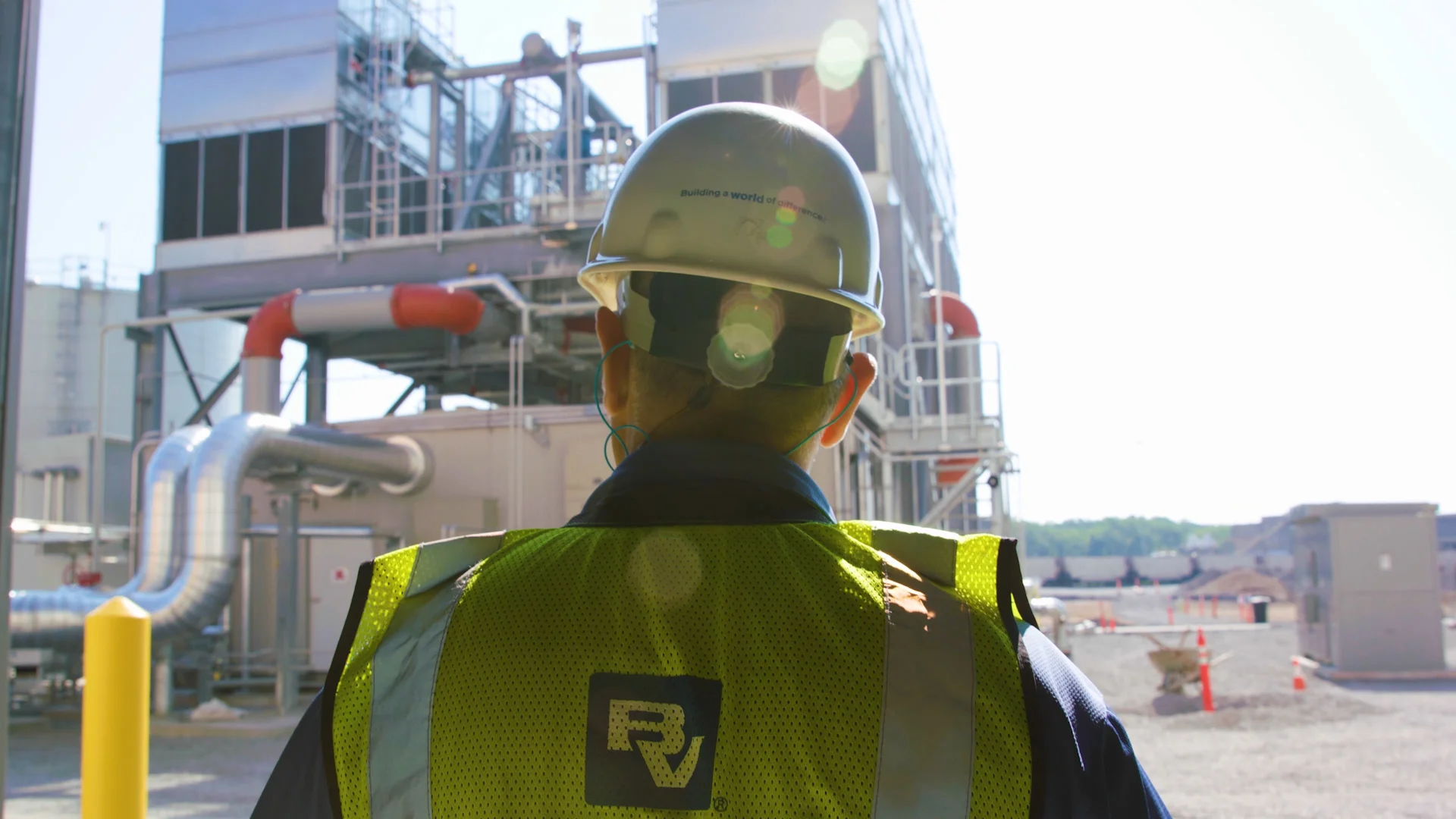Grid hardening in action: A proven approach
About the time that ground was being broken on modernized and hardened Bolivar Peninsula infrastructure, Entergy already was putting the strategy into play in neighboring Louisiana. On the narrow barrier splotch of land called Grand Isle — elevated just seven feet above the Gulf of Mexico — the utility joined residents and businesses in the summer of 2023 in welcoming the rebuilt Caminada substation that was the first of its kind in Entergy’s system, rising two stories off the ground on a concrete platform much as the new Bolivar Peninsula substations that followed.
That project — Entergy’s answer to damage the previous Caminada substation sustained in Hurricane Ida in August 2021 — also included placing large utility poles deep into steel caissons and the undergrounding of roughly eight miles of distribution lines. Portions of the electric system were moved out of hard-to-access locations in a marsh closer to roadways.
Flash forward to the Bolivar Peninsula, where Entergy Texas entrusted Black & Veatch to handle engineering, procurement and construction (EPC) to make the ambitious infrastructure upgrades a reality. It was a first-of-a-kind mission for Black & Veatch, and the Entergy group — serving 3 million customers through its operating companies in Arkansas, Louisiana, Mississippi and Texas — had never done a capital project that, in the interest of efficiency and less disruption, combined transmission and distribution work.
Black & Veatch crews leveraged the company’s global leadership in complex infrastructure solutions that, in this instance, involved painstakingly laying out the concrete chain walls, then erecting the platforms and the new 34.5-kilovolt substations on which they would rest. Behemoth concrete pilings driven 80 feet into the ground — the length of a standard tennis court — proved key, even if it didn’t always go as planned: One of the pilings snapped while being placed, prompting workers to resourcefully and proactively pre-drill holes for the later precast pilings.
And let’s not forget those composite poles — put to the test in July 2024, when Hurricane Beryl pounded the peninsula with winds reaching 90 mph. The storm took out 16 wooden poles, but each composite one stood tall and weathered the assault, requiring little to no maintenance from Entergy Texas crews while enabling them to focus instead on power restoration elsewhere.


